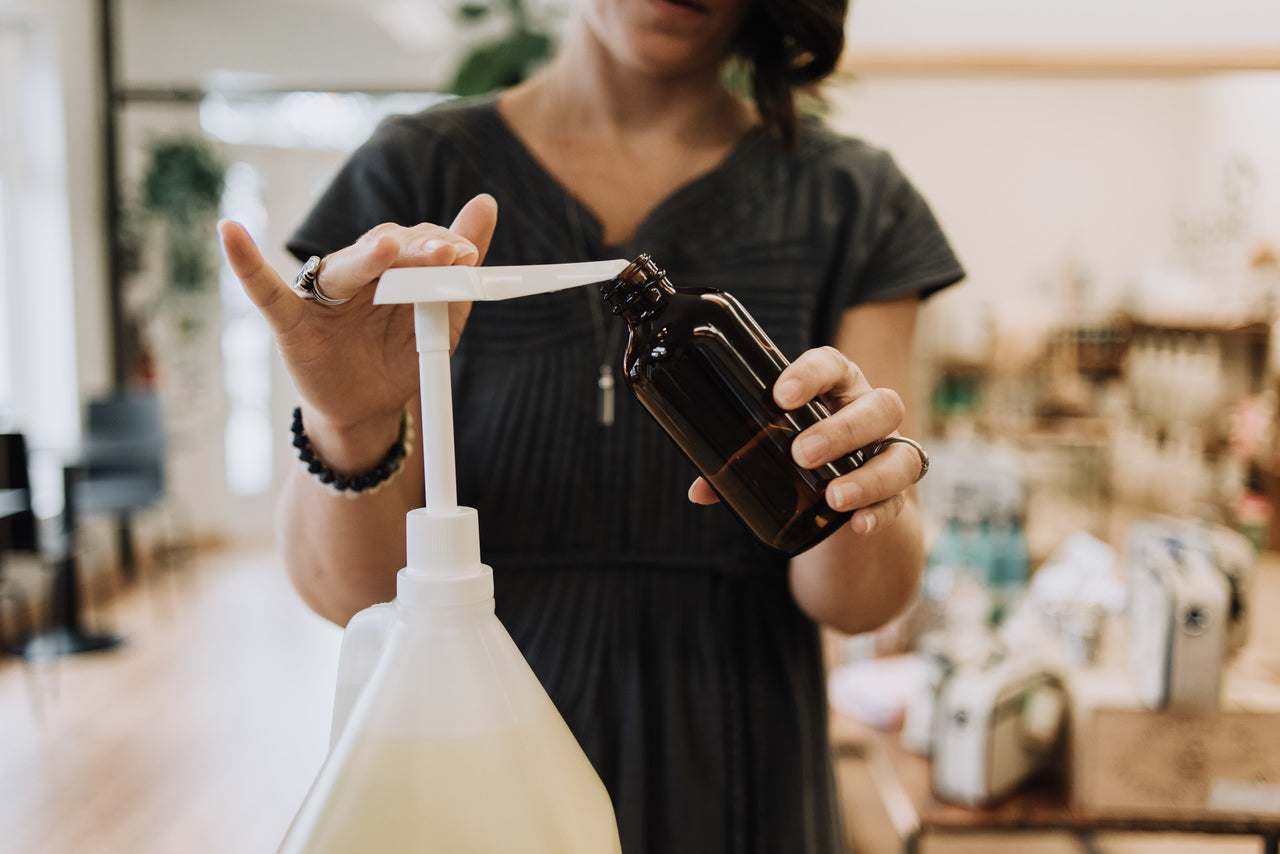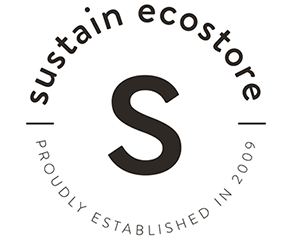Circular Economy—An Introduction

Increasingly in sustainability circles you've likely been hearing about a circular economy. In our modern world, it has become impossible to separate sustainable development and economics—hence the idea of a circular economy is deeply embedded in strategies to draw-down our environmental impact as it is a way for sustainable ideas and change to participate in an already established system. If you're wondering exactly what that means, the neat thing is that you are likely already participating in some facet of a circular economy, we just need to take this model and scale it. Many of the decisions we make every day, and nearly all of the products we sell at Sustain naturally support a circular economy, as do the consumer habits we are working to share and spread.
Also, as our global waste output continues to rise, we are faced with little choice but to reduce/eliminate before there is no turning back—waste reduction strategies rely on the development of a circular economy, as opposed to the linear one that exists today.
Here are the main differences between a linear and a circular economy:
LINEAR:
•relies on single-use products destined for landfill
•demands very little responsibility from the manufacturer to ensure their products can be properly disposed of
•relies on raw materials
•relies on existing recycling infrastructure as well as access to it, which not everyone has
•makes change slow and difficult
CIRCULAR:
•products are designed so that resources can be reused and reinvested in new products again and again (waste is designed out of the process)
•demands that manufacturers be more responsible for the materials they use and products that are made
•decreases reliance on raw materials, relieving stress on the environment and regenerating land
•recycling infrastructure will be augmented by manufacturers that accept their products back for recapture/recycling after end-of-use
•repair and reuse become viable options
•consumer behaviour shifts towards reusables
Sustain carries a huge array of products that support a circular economy and a reusable culture. When we select a product for the store, we investigate what it's made of, and how it's disposed of at the end of its useful life, taking great care that virtually nothing from the store ends up in landfill. We also ensure that we offer very high quality goods so that each product enjoys many years of use before it wears out.
How to participate in a circular economy (+ save lots of money!):
- Eliminate single-use plastic by assembling a zero-waste kit and implementing it for water, takeout food and beverages, at grocery stores, etc.
- Refill products at Sustain or a similar store
- Purchase products that are made of renewable resources and/or recycled materials, and consider how you will need to dispose of something before buying.
- Visit your local library for reading material, and subscribe to services like Netflix or Spotify that allow access without having to purchase a physical product
- Look for used goods, in particular children's clothing (there is so much available!)
- Host a clothing swap
- Support companies that offer takeback or refurbishing services, such as Patagonia's 'Repair and Wear' program.
- Extend the life of a product by repairing or refurbishing
- Divert waste by donating unwanted items through the proper channels (find out what's available in your area, ie Salvation Army Thrift Stores, Goodwill, Habitat for Humanity Restores, library book depots, antique stores, etc.)
- Recycle scrap metal and electronics (especially cellphones as there are now more cellphones than people in the world!)
- Repurpose items within your home before throwing it away
- Refresh your recycling know-how and ensure you are doing it properly
- Start composting if you don't already
- Support sharing economies like Airbnb, Turo (allows you to rent cars from private owners, the Airbnb for cars!), Poshmark (an app for selling clothes), or bike shares like Bixie!
- Trade services/goods with friends or neighbours based on your individual strengths and skills
- Invest in renewable energy, or electric vehicles
To learn more about the circular economic model, we recommend the Ellen McArthur Foundation. Find their video below, called 'Re-Thinking Progress':
There's a world of opportunity to rethink and redesign the way we make stuff. 'Re-Thinking Progress' explores how through a change in perspective we can re-design the way our economy works - designing products that can be 'made to be made again' and powering the system with renewable energy. It questions whether with creativity and innovation we can build a restorative economy.



